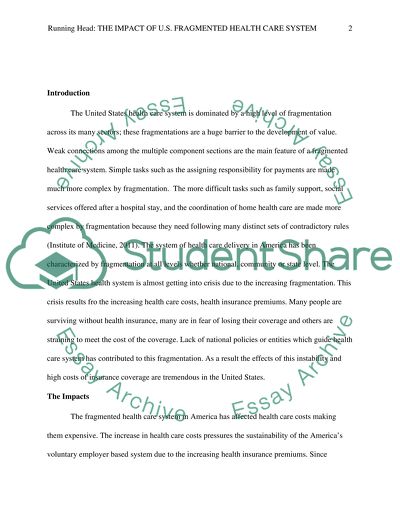Cite this document
(“Resolving Americas Health Care Crisis: The Impact of a Fragmented Essay”, n.d.)
Retrieved from https://studentshare.org/english/1430818-resolving-americas-health-care-crisis-the-impact-of-a-fragmented-health-care-system
Retrieved from https://studentshare.org/english/1430818-resolving-americas-health-care-crisis-the-impact-of-a-fragmented-health-care-system
(Resolving Americas Health Care Crisis: The Impact of a Fragmented Essay)
https://studentshare.org/english/1430818-resolving-americas-health-care-crisis-the-impact-of-a-fragmented-health-care-system.
https://studentshare.org/english/1430818-resolving-americas-health-care-crisis-the-impact-of-a-fragmented-health-care-system.
“Resolving Americas Health Care Crisis: The Impact of a Fragmented Essay”, n.d. https://studentshare.org/english/1430818-resolving-americas-health-care-crisis-the-impact-of-a-fragmented-health-care-system.


